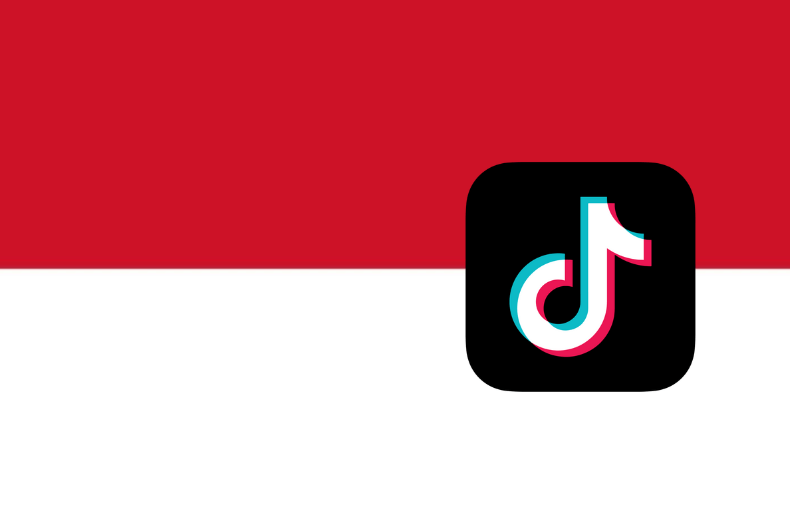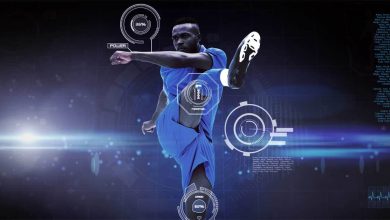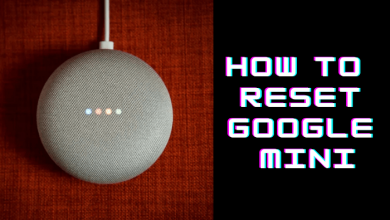Tools and technologies related to artificial intelligence can make a big difference in the UX/UI design profession.
On the one hand, the use of such tools can help designers speed up the process of creating concepts and prototypes, as well as improve the quality of data analytics and user behavior predictions.
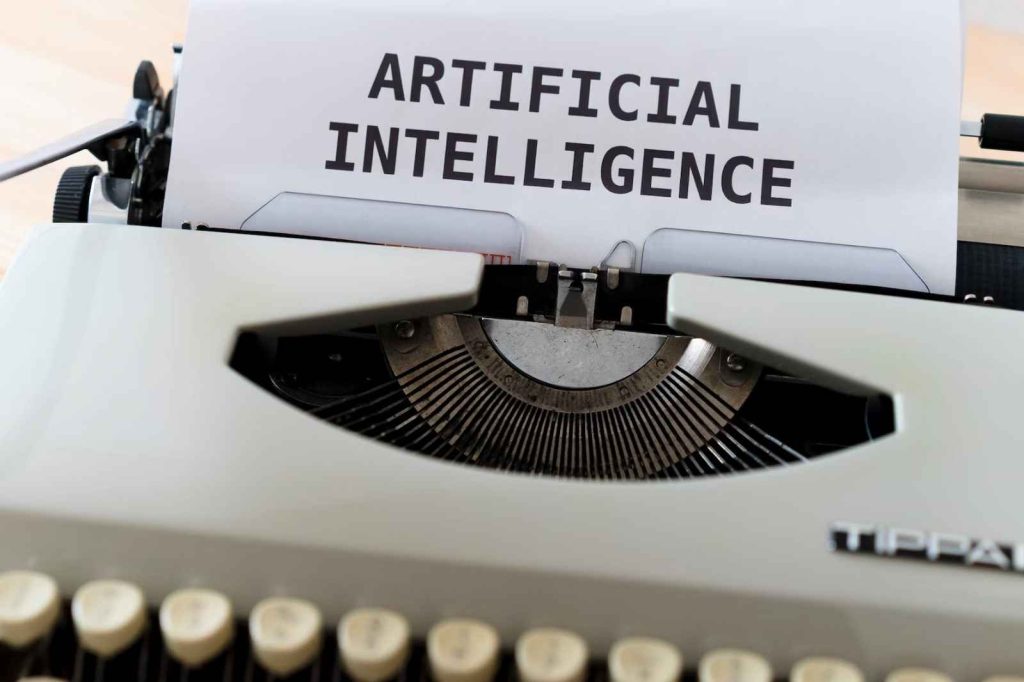
On the other hand, tools based on artificial intelligence can be used to automate routine tasks, simplify testing processes, and optimize the user interface.
Also, tools based on artificial intelligence can help designers more accurately and quickly analyze data about how users interact with interfaces, which in turn can improve the quality of the user experience. AI has opened up new possibilities, allowing designers and user interface design firm to create more intuitive, personalized, and engaging user experiences.
Contents
- What new tools and technologies related to artificial intelligence can be used in UX/UI design?
- Generative Modelling
- Neural Networks
- Cluster Analysis
- Computer Vision
- Natural Language Processing (NLP)
- Ethical Considerations and Human-Centred Design
- What should UX/UI designers think about now to avoid being left without work in the future?
There are many tools and technologies related to artificial intelligence that are already being used in UX/UI design, and many of them are still in development. Some of them include:
Generative Modelling
It is a technology that uses artificial intelligence to create automatic processes for creating graphical elements such as images, icons, animations, and other visual effects.
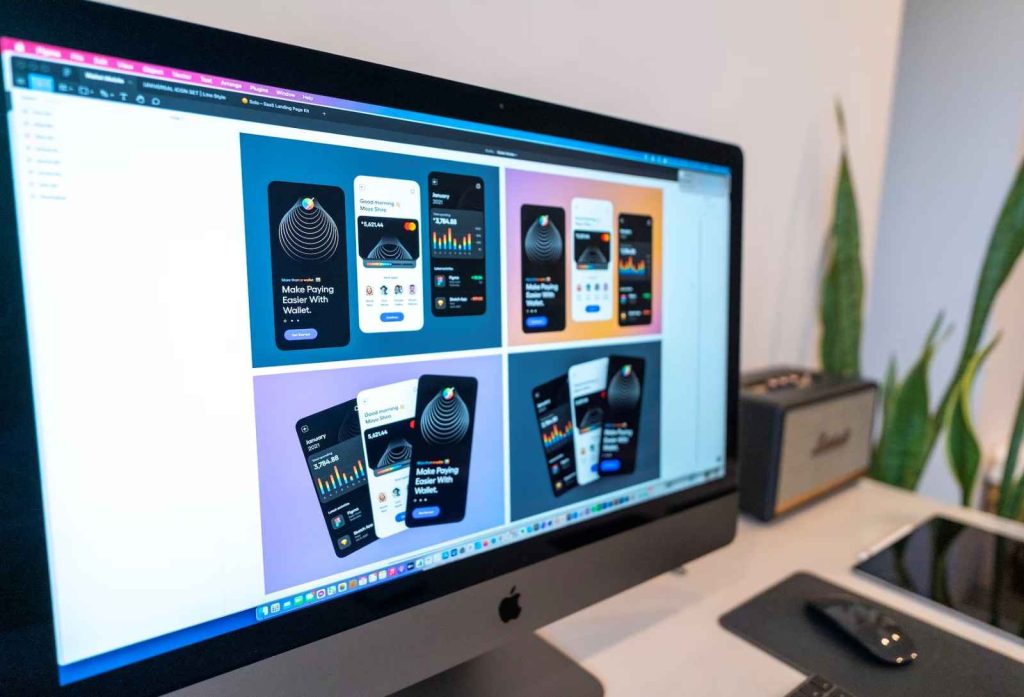
Neural Networks
This is a powerful tool that is used to create automated information processing and data analysis processes. For example, they can be used to analyze user behavior on the site and create personalized recommendations.
Cluster Analysis
A technique that is used to group data based on their similarities and differences. It can be used to analyze site or application usage data to determine how users interact with the interface and which elements are most effective.
Computer Vision
It is a technology that allows artificial intelligence to analyze and interpret visual data such as images, videos, and animations. In UX/UI design, computer vision can be used to automatically analyze interfaces and design elements, determine their effectiveness, and identify usage problems.
Natural Language Processing (NLP)
AI-powered natural language processing (NLP) has transformed the way users interact with digital interfaces. Voice user interfaces (VUIs) and chatbots have become increasingly popular thanks to advancements in AI. It is used for text analysis, which can help create more understandable and easier-to-read content.
NLP algorithms enable UI designers to create interfaces that can understand and respond to user commands, queries, and requests. By integrating voice commands and conversational interfaces, designers can create more intuitive and hands-free user experiences. This technology has found its way into various applications, including virtual assistants, smart speakers, and voice-controlled smart devices.
Ethical Considerations and Human-Centred Design
While AI offers immense potential in UI design, it also presents ethical challenges that need to be addressed. Designers and user interface design firms must ensure that AI systems are built with a human-centered approach, prioritizing user well-being, privacy, and inclusivity.
AI algorithms should be transparent, accountable, and free from bias. Designers should strive to create interfaces that empower users, respecting their autonomy and providing them with meaningful choices.
What should UX/UI designers think about now to avoid being left without work in the future?
There are several areas that UX/UI designers should focus on in order to stay relevant in the future:
- Studying and using new tools and technologies related to artificial intelligence, machine learning, virtual and augmented reality, and other related fields.
- Develop data research and analysis skills to collect and interpret the data needed to improve user experience.
- Mastering new design methodologies such as design systems, design services, and design interactions.
- Deepening into the field of mobile design, given the growing popularity of mobile devices and the development of mobile technologies.
- Development of skills in the field of data visualization, as visualization becomes more and more important in the design of information systems.
- Improving communication and interaction skills with customers and the user in order to communicate effectively and find compromises in various situations.
- Strengthening the position in the field of interface design for the Internet of Things, which is becoming more common.
In general, UX/UI designers need to stay active, adapt to new technologies and changes in the industry, and continue to evolve in their profession.
It must be understood that all these tools will not replace the professional knowledge and experience of the designer but will serve as a means to improve and optimize his work. Design is a creative process that requires intuition and creativity, as well as the ability to adapt to the unique needs of each project and brand.
